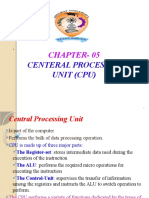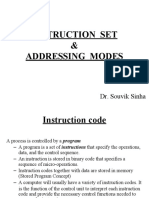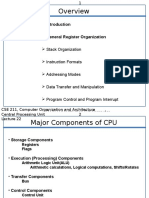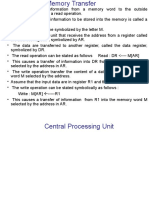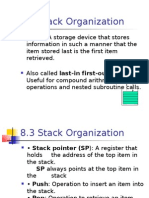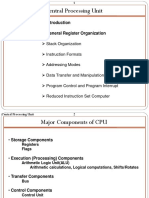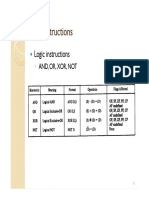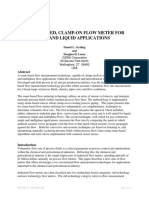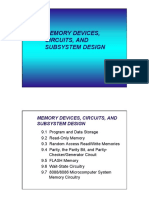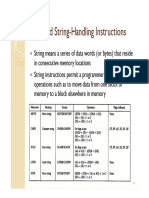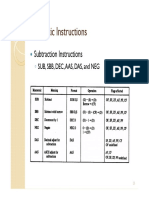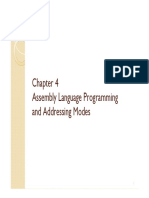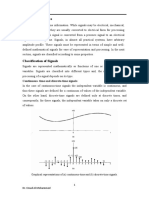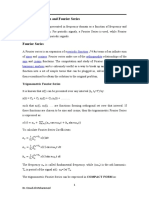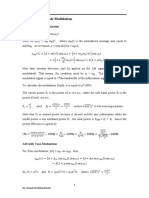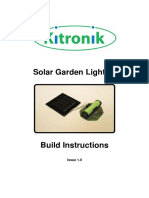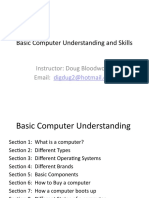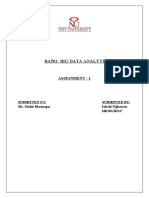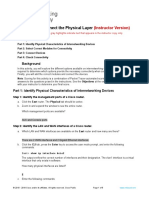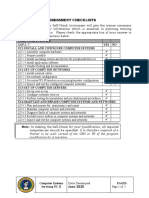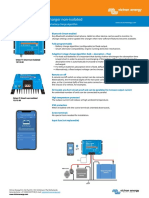0% found this document useful (0 votes)
119 views4 pages3.5 Instruction Formats: Three-Address Machines
This document discusses instruction formats used in computer processors. It explains that instructions typically contain an opcode and operands to specify where values come from and go to. There are four categories of instruction formats: zero-address, one-address, two-address, and three-address. Zero-address machines assume operand locations are default, one-address machines use accumulators, two-address machines use one address for source and result, and three-address machines separate source operands and result. RISC processors typically use three addresses while CISC processors typically use two addresses.
Uploaded by
لطيف احمد حسنCopyright
© © All Rights Reserved
We take content rights seriously. If you suspect this is your content, claim it here.
Available Formats
Download as PDF, TXT or read online on Scribd
0% found this document useful (0 votes)
119 views4 pages3.5 Instruction Formats: Three-Address Machines
This document discusses instruction formats used in computer processors. It explains that instructions typically contain an opcode and operands to specify where values come from and go to. There are four categories of instruction formats: zero-address, one-address, two-address, and three-address. Zero-address machines assume operand locations are default, one-address machines use accumulators, two-address machines use one address for source and result, and three-address machines separate source operands and result. RISC processors typically use three addresses while CISC processors typically use two addresses.
Uploaded by
لطيف احمد حسنCopyright
© © All Rights Reserved
We take content rights seriously. If you suspect this is your content, claim it here.
Available Formats
Download as PDF, TXT or read online on Scribd
/ 4








